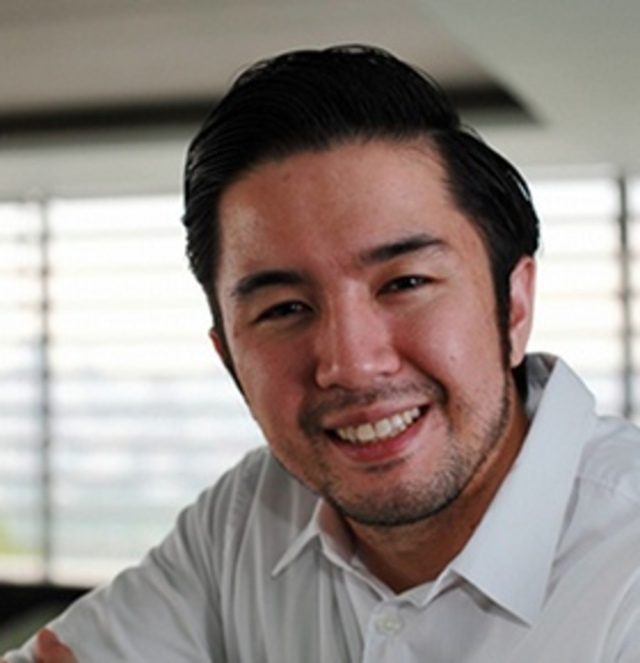SUMMARY
This is AI generated summarization, which may have errors. For context, always refer to the full article.

MANILA, Philippines – For the Philippines to excel on the world’s stage, the country’s educational system must improve. There is no silver bullet, either, despite what this or that pundit may say. Education must improve on all fronts.
Positioning schools to succeed
One company pushing for comprehensive educational modernization is FELTA, which stands for First in Educational Trends Always. Mylene Abiva, the president and CEO of FELTA, believes that educational technology in the Philippines is still in the developmental stages.
As such, Abiva said that Philippine schools need to have a technological roadmap as well as have the infrastructure in place (i.e. internet bandwidth) necessary to see it through. This is where FELTA comes in. FELTA’s goal is to make sure each school venturing into educational technology is positioned to succeed.
FELTA provides a selection of school technology solutions, including everything from educational devices and software to robotics, online courses, and activity kits. Abiva travels with her marketing team to ed-tech shows all over the world in search of the latest and greatest technology.
Abiva’s goal is not just to import new ed-tech products, services, and concepts, but to be the first to introduce them to the Philippines. Still, Abiva understands that there may be a gap between what she introduces to the Philippine market and what the Philippine market may be ready for.
“Even if the education space may not be ready for the new educational technology, the school will already know it is available through FELTA,” Abiva said, suggesting that such schools will turn to FELTA when they do become ready. Brand awareness is brand recall.
A blended education
FELTA’s core strength is K-10 basic education, but Abiva is strengthening their educational content and hardware solutions for grades 11 and 12 as well as technical and vocational programs. Strategic partnerships have helped FELTA shore up its offerings.
“To scale, FELTA has partnered with global companies like INTEL Education, LEGO Education, ADOBE Education, and Microsoft,” Abiva said, adding that it is now present across the Philippines, at both public and private schools.
Yet no matter the school or the region that it’s in, Abiva has noted that Filipino students tend to learn the most when ed-tech is a complement, not the focus.
“I have observed that Filipino students best learn through ‘blended education,’” Abiva said, explaining that this is a combination of technology plus traditional materials. “Students still need to learn how to write and not just swipe their fingers on a device.”
The same goes for teachers Abiva said. Rather than relinquish their teaching completely to devices, they still must write and demonstrate at the chalkboard or whiteboard.
Bringing ed-tech to more Filipinos
One might assume that access to the best ed-tech, even if only as part of a ‘blended education,’ is reserved for the high-end market in the Philippines. This is a fair assumption given that ed-tech companies are, at the end of the day, a business and not a charity.
To prevent ed-tech from being accessible to only a select minority, Abiva has made it one of FELTA’s advocacies to bring such technology to a wider spectrum of Filipinos. She works with local government units (i.e. mayors and governors) to allot part of their Special Education Fund (SEF) as well as the Department of Science and Technology (DOST).
“This will ensure public schools have access to education technology,” Abiva said.
Despite this noble advocacy and FELTA’s broader mission of modernizing Philippine education, it still must be run with the same discipline as any business.
“Like any typical entrepreneur, capital is the key driver of growth for FELTA,” Abiva said, adding that this principle applies especially to ed-tech because education is always evolving and technology is ever changing.
When new educational models come into play, FELTA must purchase the technology that goes along with it. While FELTA must stay ahead of its competitors, it must do so shrewdly.
“FELTA does forecasts and ‘just in time’ inventory management,” Abiva said. “This way, we do not have excess inventory.”
It’s easy to overlook the impact that ed-tech can have on individual Filipinos when you talk about it in the abstract. Luckily, Abiva shared some impressive facts on the ed-tech, especially early on, can have on a student.
She said that FELTA has thousands of students enrolled in their robotics program across public, private, and international schools. According to Abiva, students learn computer skills through programming robots and simple engineering skills by building their robotics.
This program targets students ages 9 – 18 years old, but its influence extends well beyond that.
“90% of these students go through robotics enter a college course in engineering, information technology, computer science or other related courses,” Abiva said, emphasizing that she sees STEM courses as crucial to the Philippines’ continued progress. – Rappler.com
 Rappler Business columnist Ezra Ferraz brings you Philippine business leaders, their insights, and their secrets via Executive Edge. Connect with him on Twitter: @EzraFerraz
Rappler Business columnist Ezra Ferraz brings you Philippine business leaders, their insights, and their secrets via Executive Edge. Connect with him on Twitter: @EzraFerraz
Add a comment
How does this make you feel?
There are no comments yet. Add your comment to start the conversation.